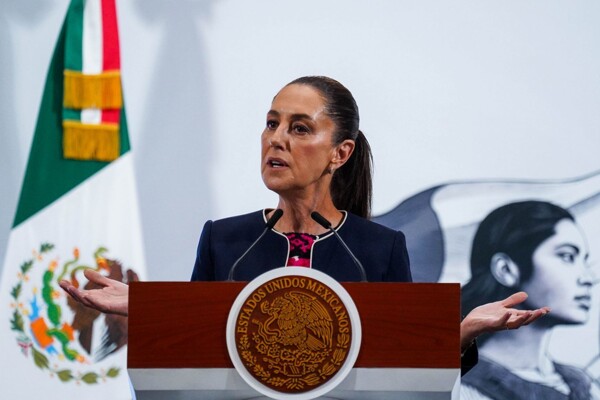
The National Commission for Minimum Wages (Conasami) has developed an indicator to measure the degree of concentration in the labor market, after observing a trend where the growth of labor productivity surpasses average wages and could result in a decrease in employment levels. In Mexico, there have been seven consecutive increases in the minimum wage above double digits without net job loss resulting from this.
According to Conasami's analysis, when labor markets approach perfect competition, the minimum wage can generate unemployment. In the case of Mexico, the difference between municipalities with high competition and the national average reflects a significantly higher level of concentration, leading to lower wages, with a 29.4 percent reduction solely because of this high degree of concentration.
It is observed that in highly concentrated labor markets, companies have more power than workers, allowing them to pay lower wages. President Claudia Sheinbaum Pardo proposed that Conasami be granted the authority to review the concentration in labor markets in various areas and sanction companies that do not comply with minimum wage payments.
As the minimum wage increases rapidly, it may have adverse effects on employment unless the labor market is highly concentrated. It is suggested that Conasami, in addition to coordinating wage policy, could become a regulatory body to address concentration in labor markets and monopsonistic practices.
The increase in the minimum wage in Mexico in recent years has been noteworthy, benefiting millions of people without impacting employment or inflation, due to the high level of concentration in labor markets. It is emphasized that while the minimum wage is effective in addressing concentration, there are other negative effects that wage policy alone does not always resolve.
The concentration indicator, which ranges from 0 to 1, shows that for every 10 percent increase in this indicator, employment decreases, affecting women more. The importance of providing Conasami with greater powers and legal tools to combat high concentration in the labor market, which often leads to harmful practices for workers, such as collusion among companies to limit job opportunities, is emphasized.













